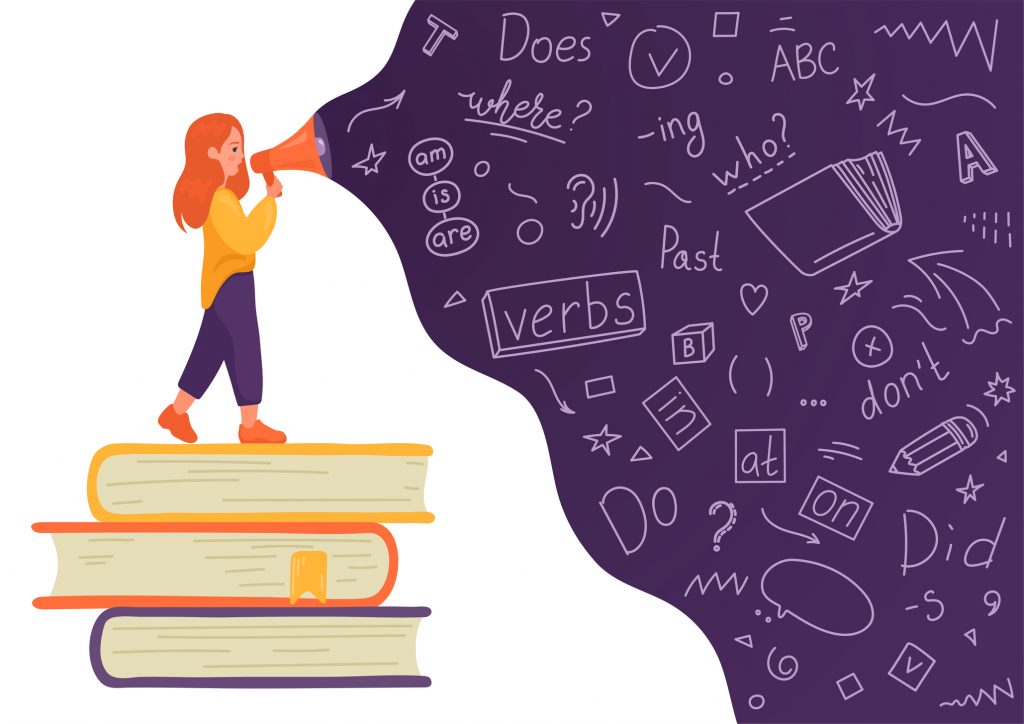
“Inclusion in the classroom is critically important because it fosters each child’s sense of belonging, feeling of being seen and understood for who they are, and their inherent value as a human being.” As a middle school English Language Acquisition teacher, I often work with students who struggle academically, socially, and behaviorally. These students feel
Read More… from This Year, Please Take Care of Your Students on The Margins





0